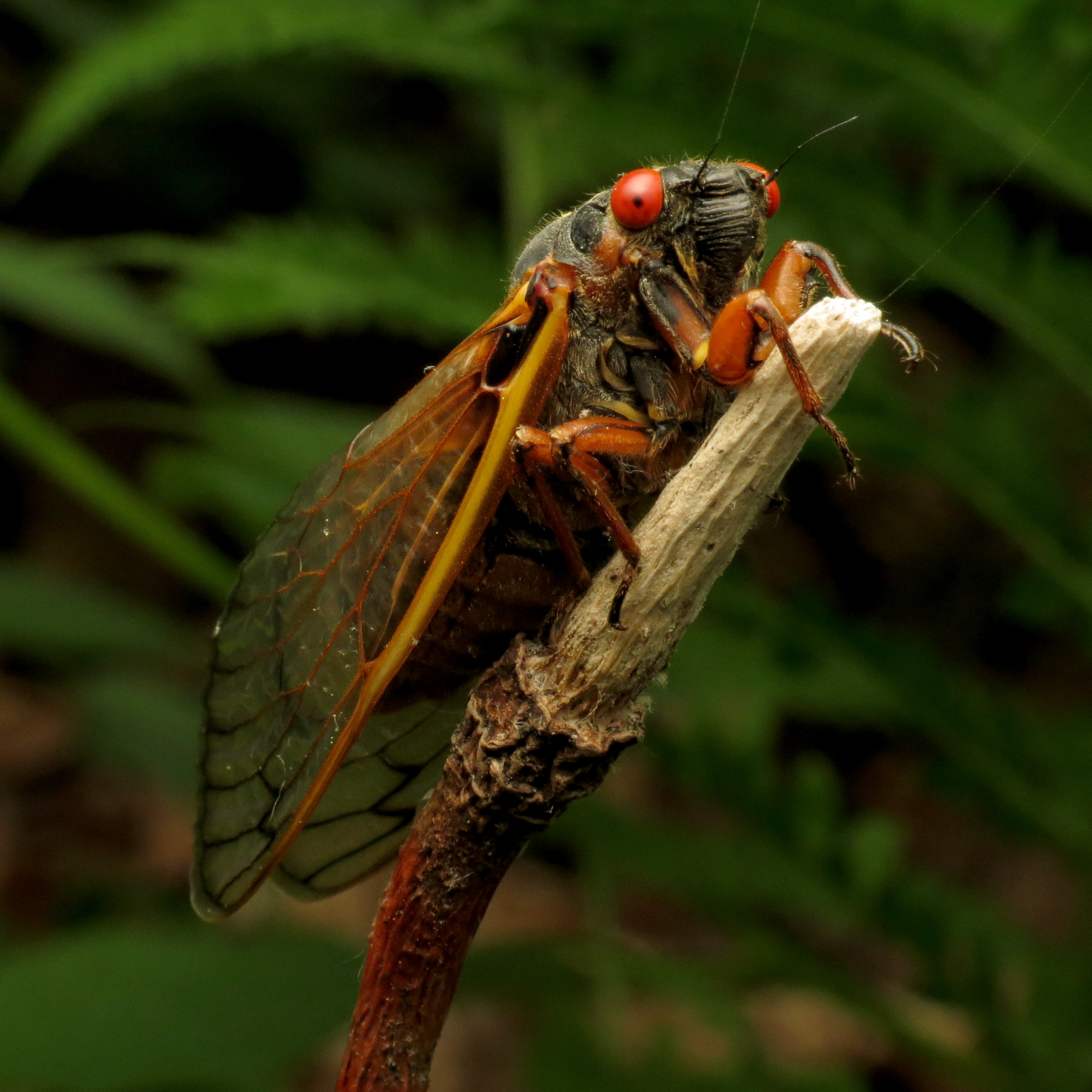 One of my fondest memories as a kid is holding and watching cicadas. Their songs were my lullabies. In today’s environment of extreme bug-phobia and efforts to rid the world of all bugs, I’ve just come to say please be kind.
One of my fondest memories as a kid is holding and watching cicadas. Their songs were my lullabies. In today’s environment of extreme bug-phobia and efforts to rid the world of all bugs, I’ve just come to say please be kind.
There’s been a lot of excitement around the overlapping of a 13-year brood of cicadas with a 17-year brood. What that means is that one brood has been underground for approximately 13 years and the other for 17 years and they are both coming to the surface at roughly the same time which happens about every 25 years. According to The University of Connecticut, this is the first time since 1803 that these specific broods have emerged together. That might sound scary, but the overlap will actually only be in small geographic patches of Illinois.
But did you know that cicadas don’t bite or sting? In their adult form (once they emerge) they really just want to sing for a mate and reproduce before they die — and they only have a short time to do it. Cicadas also provide a lot of ecological benefits. According to the EPA, they help to prune trees and plants; they aerate the soil and provide improved water infiltration; they boost nutrients in the soil; and they provide a feast for birds, reptiles and mammals which should in turn boost those species numbers. Because so many other animals enjoy eating them (possibly even your pets) PLEASE DON’T SPRAY!
We have a lot of new “buggy” books you might enjoy in order to learn about the entire insect world:
“Metamorphosis: How Insects are Changing Our World” by Erica McAlister and Adrian Washbourne is an “illustrated celebration of insects — and their extraordinary contributions to humankind.” Insects have been the inspiration for so many technological innovations, not to mention the fact that they are such a key factor in the foods we eat. They deserve a little appreciation.
In “Alien Worlds: How Insects Conquered the Earth and Why Their Fate Will Determine Our Future” by Steve Nicholls, you will learn so many new insights into the tiny but expansive world of insects and just how intertwined their world is with ours. Come for the content, but stay for the beautiful photos.
I really can’t blame anyone for feeling a little trepidation where bugs are concerned. Society has told us so many times that they are bad or downright dangerous, but even the buggiest of bugs can have a place. With writing that is hilarious, witty, and educational, Frank Nischk might change your mind with his new book, “Of Cockroaches and Crickets: Learning to Love Creatures that Skitter and Jump” which tells about his experiences in the lab, classroom, and nature.
You can learn more about the life cycle of cicadas with this humorous video produced by the DuPage Forest Preserve District which seems to have won the internet for this brief moment. If you would like to learn more about cicadas and other wonderful bugs, you can check out this list of bug friendly books.
Image credit: Katja Schulz, Periodical Cicada via Flickr (license)


